List of Authors
>>About this blog
Recent blog post
|
[Silver]
June 29, 2016 12:00
I love Ginza, and my blog handle name is Ginzo.
One of my collections is coin collection. When guiding around Ginza, what I wear is a central bank. He explained that some silver were cast in Ginza.
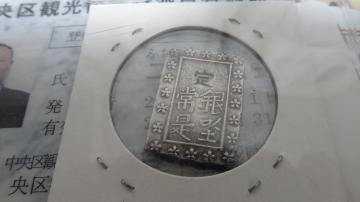
Today, we will introduce Ginza Coin, Ltd., a coin specialty store, as we receive praise from our guide friends and customers and ask questions such as where they bought it. It's on the first floor of Ginza Five.
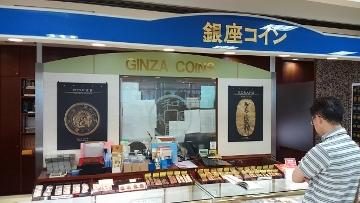
I obtained my own Ichibun Bank when I was in elementary school. Since it is engraved as usual, it is probably cast in Kakigara Ginza.
There is also a difference of 2,500 yen 3,000 yen 9,000 yen depending on the age of the central bank displayed in the showcase of the shop.
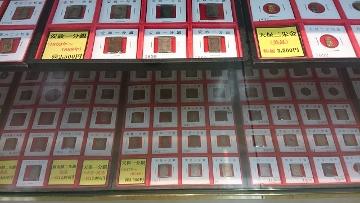
How do you distinguish the difference between Tenpo era and Ansei?
 The clerk kindly told me. The clerk kindly told me.
It is said that what is engraved with the usual word and the person at the bottom crosses it was cast from 1837 to 1854. That's the case, which was about 2,500 yen to 3,000 yen when I bought it. (I'm sorry, Shun ) You can buy it at a reasonable price, so how about one Ginza souvenir? ) You can buy it at a reasonable price, so how about one Ginza souvenir?
In addition, for those who want to start collecting coins, collection holders are also sold.
The shop is located on the first floor of Ginza Five 5-1 Ginza, Chuo-ku.
HP is available at http://www.ginzacoins.co.jp.
[Dimini ☆ Cricket]
June 24, 2016 14:00
Until now, I thought  it was a flowerbed even if I passed sideways, and I never noticed it. it was a flowerbed even if I passed sideways, and I never noticed it.
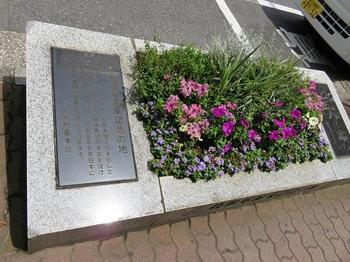
Immediately after crossing Tsukijibashi from the Chuo-ku government office side, facing Heisei-dori, there was a monument to the memorial of the arrival of the rescue army.
It's opposite the Kyobashi Tax Office (map below , red). , red).
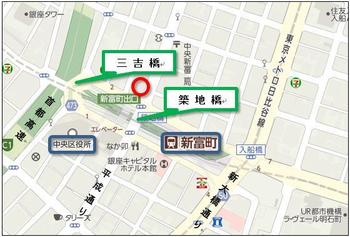
The Salvation Army (The Salvation Army) is an independent group of Christianity Protestant founded in 1878 in U.K.
Known for conducting evangelism and social business under a unique military organization, at the end of the year, it is remembered that men and women wearing military uniforms blowing trumpets and collecting donations to "social pots" .
Rather than saying, "I'm reminded," should I say that it is more emphasized as a year-end feature in TV dramas and is memorable?
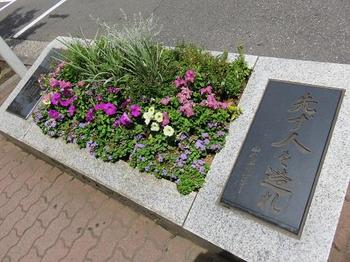
In Japan, Colonel Wright came to Japan in 1895 (Meiji 28) to establish the Japan Salvation Army.
It seems that Colonel Wright and his colleagues set up Japan's first headquarters in this area and started rescue operations.
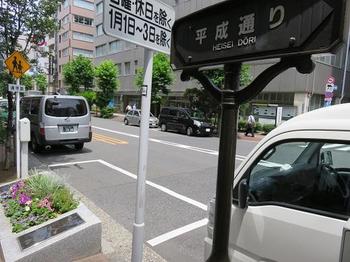
This monument was set up in 1995 to commemorate the 100th anniversary of the founding of the Salvation Army in Japan.  
     
[CAM]
June 23, 2016 18:00
When considering history and origin, what must never be done is to judge by "gochie", and you must not always lose the attitude of thinking at the beginning.
Mr. Yasaburo Ikeda said, "Osaka also has Nihonbashi and Kyobashi ... In the case of Osaka, it is a surprise that this is called Nipponbashi. In other words, in Edo, Nihonbashi was not called Nipponbashi, but Nihonbashi, I think it would be a proof that "Nihonbashi" was not originally (the name of Nihonbashi, Tokyo), but "Nihonbon." (56) is described.
Nihonbashi, Tokyo, which was replaced in 1618 (1618), was a wooden bridge with a length of about 67.8m and a width of 7.8m (page 118 of the Chuo-ku Monoshiri Encyclopedia), while Nihonbashi in Osaka was built on the Dotonbori River by Edo shogunate in 1619 (1619). It is a wooden bridge with a length of about 40m and a width of about 7m, and was the only official bridge in the Dotonbori River (Wikipedia). As Ikeda stated, in the Keicho era interview book, the size of the bridge that was replaced in 1618 is described, but there is no description of the size of the bridge before that (page 92 of "Nihonbashi Private Note"). This also makes a speculation that the previous one might have been quite poor.
Kogibashi is a bridge managed by the Shogunate and performs replacements and repairs at the expense of the Shogunate. In the case of Kogibashi, a bronze giboshi was attached. In the case of Edo, there were about 120 to 170 in the city, including 160 to 170 in addition to 4 and50 in the inside and outside of Edo Castle. However, according to a survey conducted in 1787 (1787), the number of public bridges in Osaka at that time was only 12. This can be said to indicate how large the creation of "Osaka, the capital of water" was due to the power of townspeople (Ryoichi Okamoto, "History of Osaka"; 60).
In this way, if one of the few public bridges in Osaka, which were built by the Shogunate in 1619 (one year after the rebuilding of the Tokyo Nihon Bridge), were called "Nipponbashi" from that time, It is highly probable that Tokyo's one was called "Nihonbashi" for a while from around the time (the 1603 theory is influential), it is quite persuasive Yasaburo above.
In the lyrics "Four Seasons of Rain" written by Ikeda, using the term "Nihonbashi" in the lyrics "Four Seasons of Rain" written by himself, "Osaka is Nipponbashi and Edo is Japanesebashi, Nihonbashi is a rational solution later, and in the old days it was Nihonbashi. Based on that, I tried it on purpose." (184)
[CAM]
June 23, 2016 16:00
When considering history and origin, what must never be done is to judge by "gochie", and you must not always lose the attitude of thinking at the beginning.
For example, regarding the name of the bridge in Nihonbashi, Monoshiri Encyclopedia says, "There are various theories about the origin of the bridge name, but in the magazine "Mifunai Remarks" edited by the Shogunate, "This bridge, in the center of Edo, Since the process of each country is determined here, it is said that Nihonbashi is named because it is named." This explanation says, "There are various theories about the origin of the bridge name," and of course it is not an error. However, "Remarks in Gofu" is a geographical magazine compiled by the Shogunate in 1829 (1829).
Nihonbashi is said to have been built by Ieyasu Tokugawa in 1603 (1603) (page 26 of Monoshiri Encyclopedia). At the time of this erection, only about 10 years have passed since Ieyasu was admitted to the prefecture in 1590 (1590), and the surrounding area should have been a desolate area full of reeds and thinness (" Monoshiri Encyclopedia") Page 116). After nearly 230 years, it would be too violent to use only the geography compiled by "Okami" as the basis for the origin of the bridge name.
Yasaburo Ikeda stated in "Nihonbashi Private Note" as "My (Japan) Bridge Nakihara Theory".
(1) Nihonbashi is a poor bridge that was originally built over the Nihonbashi River (although it was not named at that time), and it was called "Nihonbashi" from the appearance of the bridge.
(2) As the town of Edo was built, it was remodeled finely, and in the meantime, it came to be said that Nihonbashi was Nihonbashi.
(3) In order for everyone to receive the name "Nihonbashi", which I said to anyone, Nihonbashi became bustling, the neighborhood became a representative land of Japan, and became the center of the whole country, and the starting point of Gokaido The name of "Nihonbashi" became more and more appropriate as it became.
――I wonder if such a path could be considered. (48)
In recent books, as is the case with Monoshiri Encyclopedia, the part of (1) is short, and it seems that many describe the background of (2) and (3) from the beginning. However, as Ikeda says, not only the name of the bridge, but also the name of the place is simple, straightforward, and intuitive in the first place, considering that the name of the bridge is (1) I think we should think that there was a stage.
[CAM]
June 23, 2016 14:00
In a course, a lecturer told me that there was a sign of "Muromachi-dori" in a picture of the Echigo-ya Kyo main store in Kyoto ("Kyomoto pictorial map" from Mitsui Bunko's historical material), "Kyoto" There is also "Muromachi." This expression is strange. This is because the existence of Muromachi in Kyoto is (far) ahead, and Muromachi in Nihonbashi, Tokyo, should be (very) later naming.
You seem to get the word, but you are unconscious (even experts)? The mistake is that Osaka and Kyoto are advanced areas, and the late-developed areas, Edo, became able to compete with Kansai only after the late Edo period was quite late. Isn't it?
By the way, the origin of the place name of "Nihonbashimuro-cho" is described in the website of Chuo-ku "Origin of Place Name".
"There is a theory that it was followed by Muromachi in Kyoto and that there were many merchants, and that the storehouses (rooms) were lined up." According to Monoshiri Encyclopedia, "In 1931, Hikokichi Nakazawa's idea, he was chosen and named a happy name. "(173 pages) may not be possible.
However, at least the expression "Muromachi" in "Kyoto" would be strange.
[Dimini ☆ Cricket]
June 22, 2016 12:00
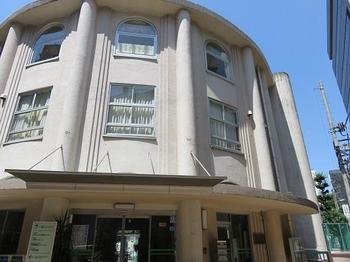
The Kodemmacho prison exhibition hall is located in  the entrance hall of Jushi Square (formerly Jushi Elementary School) at 5-chome Nihonbashi Kodenmacho. the entrance hall of Jushi Square (formerly Jushi Elementary School) at 5-chome Nihonbashi Kodenmacho.
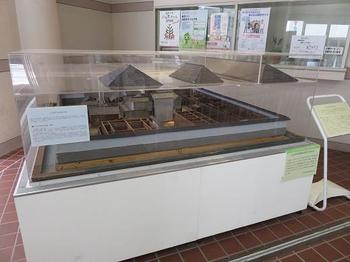
The museum is open from Monday to Saturday (excluding holidays, New Year's holidays, etc.), and the opening hours are from 9:00 to 18:00.
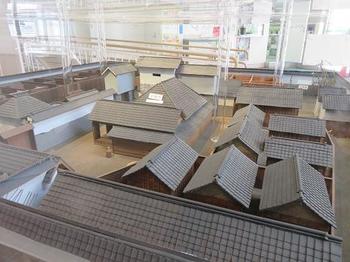
During the Edo period, the Temmacho prison was located at Nihonbashikodenmacho 3-5 chome.
He built a bank around the moat, toured the moat, and was surrounded by earthen walls, and the model inside the prison is displayed at the Kodemmacho Duson Exhibition Hall.

The prison at that time was intended to be temporarily detained in prisons, not in prisons, but in prisons (now detention centers ). ).
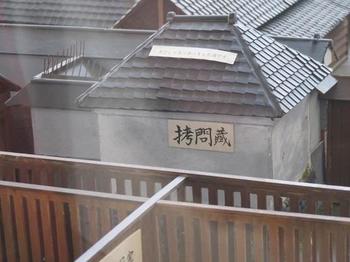
Looking at the model, there are also a chisel and a torture warehouse for investigation, so you can clearly see the structure of the building at that time. investigation, so you can clearly see the structure of the building at that time.
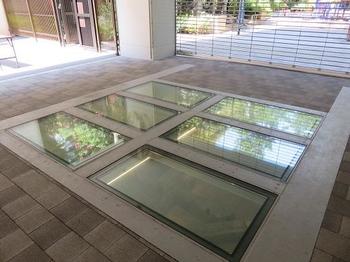
In the back of the Jushi Square Annex, you can see the water well of the prison and the water gutter through the glass on the floor.
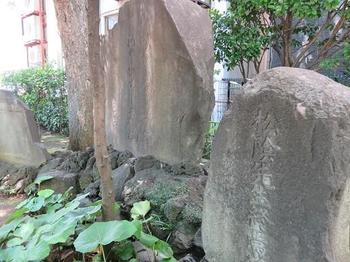
On the east side of the park is a monument to the end of Yoshida Shoin, stone monument, the reign of Yoshida Shoin, executed in Ansei's prison.
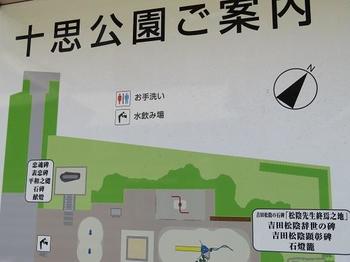
To the disciple
"The body must be kept in the Nobe of Musashi even if it does not decay."
For family members
"What do you think of the heart of the heart of the heart of the heart?"
(stone monument for families is located on the grounds of Shoin Shrine in Hagi City, Yamaguchi Prefecture.) families is located on the grounds of Shoin Shrine in Hagi City, Yamaguchi Prefecture.)
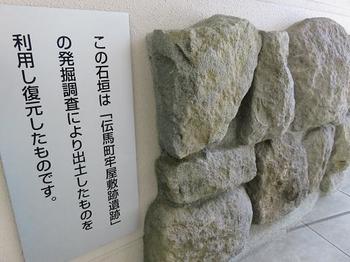
Click here for the website of the Kodemmacho prison exhibition hall. ⇒
http://chuoku-machikadotenjikan.jp/tenjikan/royashiki/
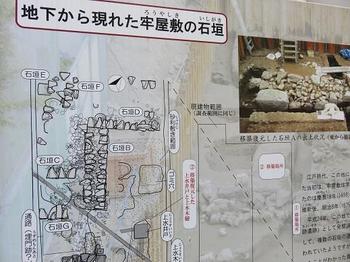
     
|
Links
|



![]() The clerk kindly told me.
The clerk kindly told me.![]() ) You can buy it at a reasonable price, so how about one Ginza souvenir?
) You can buy it at a reasonable price, so how about one Ginza souvenir?














